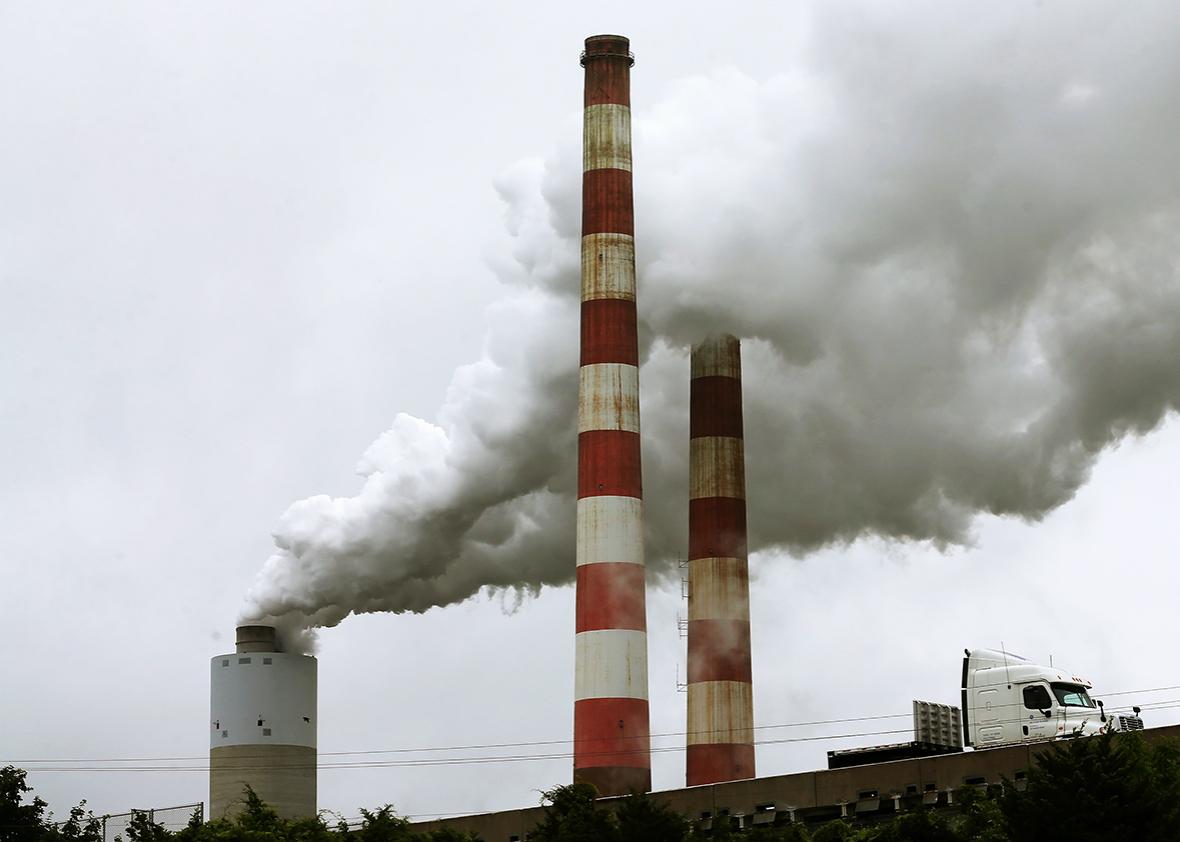On Monday, Donald Trump’s press secretary Sean Spicer failed to answer a straightforward question about the national unemployment rate at a press conference. (It’s 4.7 percent.) In explaining his nonanswer, Spicer said:
There are ways you can put out full employment—[cross talk]—right, there’s a reason we put out several versions of that. One is the illustrative nature of how you count the unemployed, whether or not they’re long-term unemployed or whether or not they’re still seeking a job. But there’s a reason that you put out several of these statistics, so that economists can view them and decide—look at different landscapes on, on how to make economic policy.
He never actually answered the question, instead concluding that Trump is “not focused on statistics as much as he is on whether or not the American people are doing better as a whole.”
This terrifying performance—how do you conclude that the American people are doing better as a whole without statistics?—comes on the heels of Spicer’s refusal to admit facts readily verifiable with photographic evidence. And it has left many wondering what is to become of federal data. Will we be able to trust it? As Jordan Weissmann asked in Slate on Monday, “Would Trump try to meddle with the government’s data-collection process?”
His transition team is interested in doing exactly that. One of the first things that might be under attack? A number known as the “social cost of carbon.”
Since 2008, the final year of the Bush administration, agencies like the Environmental Protection Agency, Department of Energy, and Department of Transportation have been required to take the social cost of carbon into account when assessing and enacting regulations. Everything from refrigerators to cars and trucks to power plants emits carbon, which then goes on to hurt our health, our lands, our long-term viability on this planet, etc. The social cost of carbon allows more than 70 federal regulations, and even some local and state ones, to meaningfully and uniformly account for these costs while regulating. It’s sort of like a carbon tax that only applies to government decisions and is never actually paid but still incentivizes long-term good behavior over short-term economic gains.
“It’s the most important number you’ve never heard of,” says Michael Greenstone, a University of Chicago economist.
It exists thanks to a 2007 federal court case that forced the Bush administration to account for the social cost of carbon when regulating the fuel economy of trucks and SUVs. The suit argued, among other things, that the Energy Policy and Conservation Act’s “calculation of the costs and benefits of alternative fuel economy standards assigns zero value to the benefit of carbon dioxide (CO2) emissions reduction” and that these benefits should be included. This was achieved by calculating and accounting for the social cost of carbon. Another court finding upheld and reinforced that decision just last year: A trade association of refrigerator companies had tried to argue that the cost of carbon estimate was just a guess and that the government didn’t have the authority to consider it. The court disagreed, upholding that the calculation “is supported by substantial evidence and is neither arbitrary nor capricious.”
Unfortunately, while the existence of the number is mandated, the calculation itself is still flexible. Currently, it is calculated by a group of scientists from multiple federal agencies every five years. Climate scientists first predict how much carbon dioxide will be emitted into the atmosphere in the future, how much temperatures will change as a result, and what kinds of damages will occur because of these changes. Demographers predict population growth while economists predict economic growth and quantify how climate change will affect such growth. They make similar calculations for other greenhouse gases, like methane, which comes from oil and gas operations and landfills.
The social cost of carbon is recalculated every five years. When it was last calculated, in 2015, the cost was estimated at $36 per ton of carbon dioxide emissions. This was a substantial increase from the $21 calculation in 2010, which largely reflects the fact that the scientists’ predictions for climate change impacts and damages have become more dire.
Unsurprisingly, the Trump administration is skeptical of the entire idea of a social cost of carbon. Last month, Thomas Pyle, Trump’s Department of Energy transition leader, indicated in a leaked memo that the administration would review the calculation behind the social cost of carbon and aim to end its use in government decision-making. The memo stated, “If the [social cost of carbon] were subjected to the latest science, it would certainly be much lower than what the Obama administration has been using.”
The number isn’t set to be reassessed until 2020. Of course, Trump could try to assemble a new group of scientists and economists and adopt a much lower cost than the current consensus. Trump’s “America Energy First Plan” is premised on the statement that “for too long, we’ve been held back by burdensome regulations on our energy industry.”
Scientists do think there needs to be more research, and the National Academy of Sciences recently released a new report offering recommendations for updating the standard. If it’s recalculated using the latest research, the cost of carbon would be even higher.
To recalculate this number at a lower rate, Trump-appointed scientists would need to perform some statistical gymnastics, though there are ways to attack certain aspects of the calculation that could significantly lower it. For instance, they could mess with the discount rate or try to limit the geographic scope of the analysis to only account for how climate change will affect America, rather than account for the global cost.
Any attempt to stop using the social cost of carbon would be illegal and is sure to face legal action. A reassessment of the cost based on shoddy science would likely face the same. Either way, it’s likely to be a battle.
